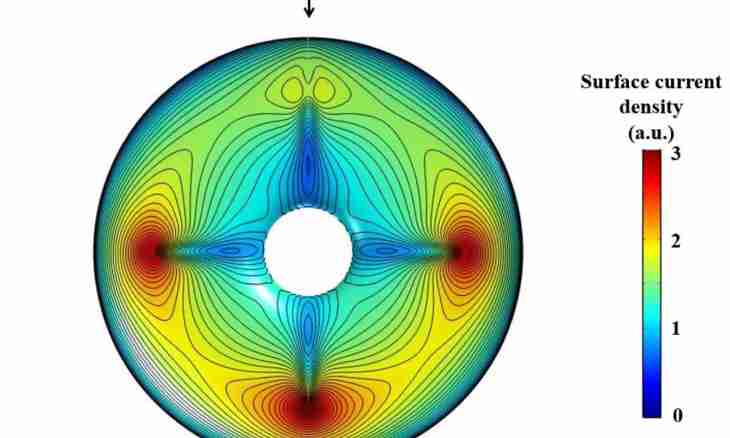In physical and practical tasks such sizes as the weight, density and volume often meet. Of course, to find weight, knowing density, it is necessary to know also the volume of a body or substance. However, sometimes the volume of a subject is unknown. In such cases it is necessary to use indirect data or to measure volume independently.
It is required to you
- calculator or computer, ruler, roulette, measured capacity
Instruction
1. To find weight, knowing density, divide the volume of a body or substance into its density. That is use a formula: m = V / ρ, where: V – volume, ρ – density, V – volume. Before calculation of weight bring all units of measure into one system, for example, in the international system of measurement (SM). For this purpose, transfer volume to cubic meters (m³), and density – to kilograms on cubic meter (kg/m³). In this case the value of weight will turn out in kilograms.
2. If density and volume are set in one system of units, then it is optional to make a preliminary transfer to SI. The body weight or substances will be measured in that case in that unit of measure of weight which is specified in numerator of unit of measure of density (volume units of measure when calculating will be reduced). So, for example, if volume is set in liters, and density in grams on liter, then rated weight will turn out in grams.
3. If the volume of a body (substance) is unknown or is not set obviously in statements of the problem, then try to measure it, to calculate or learn, using indirect (additional) data. If substance loose or liquid, then it, as a rule, is in the capacity which usually has standard volume. So, for example, the volume of a barrel is usually equal 200 liters, bucket volume – 10 liters, glass volume – 200 milliliters (0.2 liters), tablespoon volume – 20 ml, volume tea – 5 ml. It is easy to guess the volume of 3-liter and one-liter jars from their name. If liquid occupies not all capacity or capacity non-standard, then pour it in other container which volume is known. If there is no suitable capacity, pour liquid by means of a measured mug (banks, bottles). In the course of liquid taking out just count the number of such mugs and increase by the volume of a measured container.
4. If the body has the simple form, then calculate its volume, using the corresponding geometrical formulas. So, for example, if the body has the form of a rectangular parallelepiped, then its volume will be equal to the work of lengths of his edges. That is: Vpr. paragraph = a*b*c, where: Vpr. the paragraph – the volume of a rectangular parallelepiped, aa, b, c - values of its length, width and height (thickness), respectively.
5. If the body has the irregular geometrical shape, then try (conditionally!) to hurt it into several simple parts, to find the volume of each of them separately and then to put the received values.
6. If the body cannot be divided into simpler figures (for example, a figurine), then use Archimedes's technique. Lower a body in water and measure the volume of the forced-out liquid. If the body does not sink, then "drown" it by means of a thin stick (wire). If to count the volume of the water which is forced out by a body it is problematic, then weigh the poured-out water, or find the difference between the initial and remained mass of water. At the same time, the number of kilograms of water will equal to the number of liters, the number of grams – to quantity of milliliters, and the number of tons – to the number of cubic meters.

